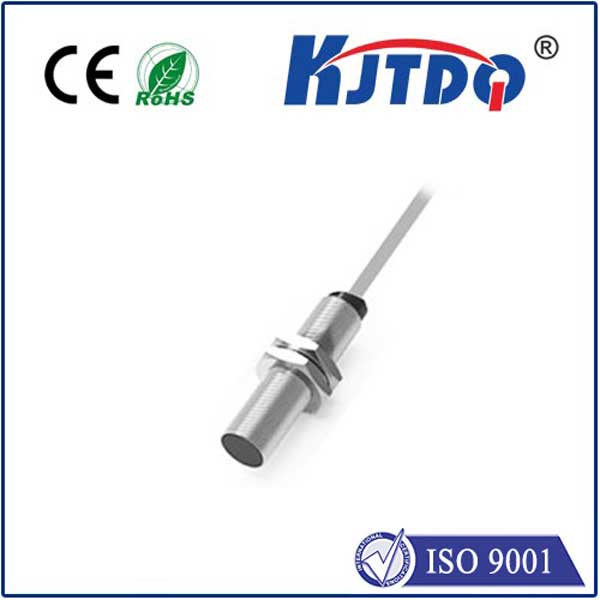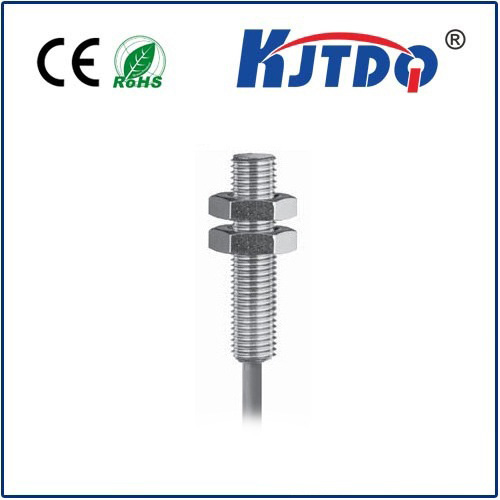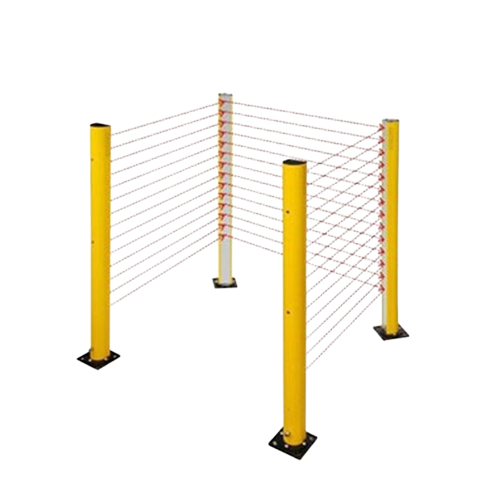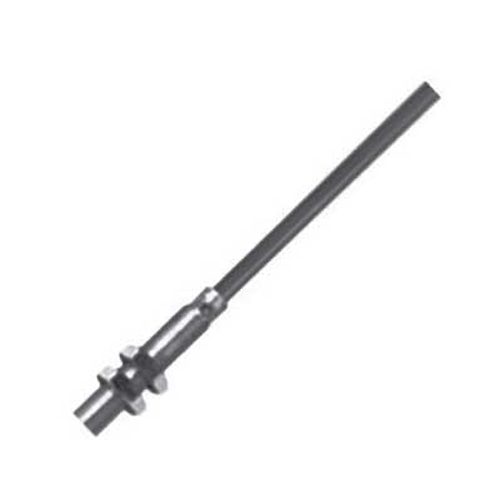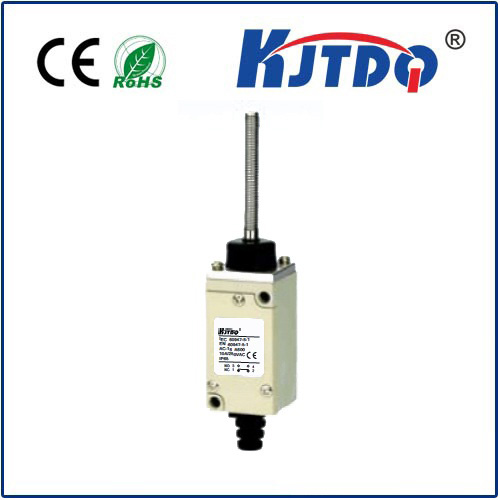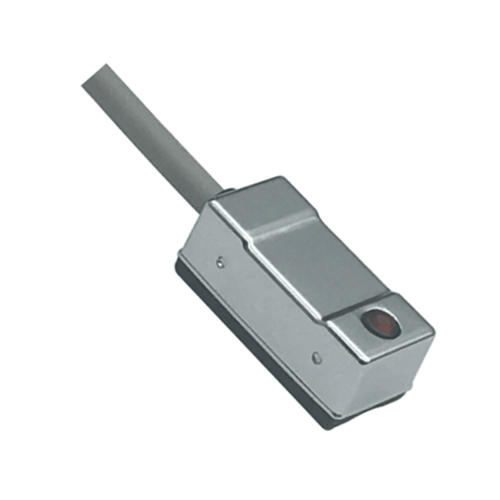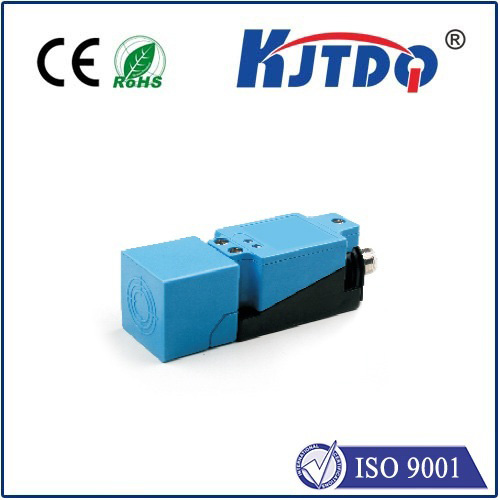How to Integrate RPLIDAR A2M8 with Arduino for Advanced Robotics Projects In the world of robotics and automation, precision and efficiency are paramount. One of the most critical components in achieving these goals is the integration of reliable sensors. The RPLIDAR A2M8, a popular 360-degree 2D laser scanner, has become a go-to choice for developers looking to enhance their robotics projects. When paired with Arduino, a versatile microcontroller platform, the possibilities for innovation are endless. This article will guide you through the process of integrating the RPLIDAR A2M8 with Arduino, exploring its applications, and highlighting the benefits of this powerful combination.
The RPLIDAR A2M8 is a lightweight, high-performance laser rangefinder sensor designed for 360-degree scanning. It is capable of detecting objects within a range of up to 12 meters, making it ideal for applications such as autonomous navigation, mapping, and object detection. Its compact design and low power consumption make it a perfect fit for robotics projects, especially those requiring real-time environmental awareness. On the other hand, Arduino is an open-source electronics platform known for its simplicity and flexibility. It provides an accessible way for developers to create interactive projects, from simple LED controllers to complex robotic systems. The combination of RPLIDAR A2M8 and Arduino opens up a world of possibilities for creating intelligent, responsive robots.
The synergy between RPLIDAR A2M8 and Arduino lies in their complementary strengths. Arduino’s user-friendly interface allows developers to quickly prototype and test ideas, while the RPLIDAR A2M8’s precise scanning capabilities provide the data needed for sophisticated decision-making. Together, they enable the creation of robots that can navigate complex environments, avoid obstacles, and perform tasks with minimal human intervention. Moreover, the RPLIDAR A2M8’s compatibility with Arduino simplifies the integration process. With readily available libraries and tutorials, even beginners can get started with minimal hassle. This accessibility has made the RPLIDAR A2M8 and Arduino combination a favorite among hobbyists, educators, and professional developers alike.
To get started, you’ll need the following items:
RPLIDAR A2M8 sensor
Arduino Uno or compatible microcontroller
USB cable for Arduino
Power supply for RPLIDAR A2M8

Jumper wires
Breadboard (optional)
The RPLIDAR A2M8 communicates with Arduino via a serial connection. Follow these steps to establish the connection:
Connect the GND pin of the RPLIDAR A2M8 to the GND pin of the Arduino.
Connect the 5V pin of the RPLIDAR A2M8 to the 5V pin of the Arduino.
Connect the TX pin of the RPLIDAR A2M8 to the RX pin of the Arduino.
Connect the RX pin of the RPLIDAR A2M8 to the TX pin of the Arduino. Note: Ensure that the power supply for the RPLIDAR A2M8 is stable, as fluctuations can affect performance.
To simplify the coding process, install the RPLIDAR Arduino library from the Arduino Library Manager. This library provides pre-built functions for controlling the RPLIDAR A2M8, allowing you to focus on your project’s logic.
The RPLIDArduino library includes example code to help you get started. Upload the example sketch to your Arduino board and open the Serial Monitor to view the sensor’s output. This will confirm that the RPLIDAR A2M8 is functioning correctly and communicating with the Arduino.
Once the basic setup is complete, you can begin customizing your project. Whether you’re building a self-driving robot, a home automation system, or a virtual reality mapping tool, the RPLIDAR A2M8 and Arduino provide a solid foundation for innovation.
The versatility of the RPLIDAR A2M8 and Arduino combination makes it suitable for a wide range of applications. Here are a few examples:
Autonomous Navigation: Use the RPLIDAR A2M8 to create robots that can navigate complex environments, avoiding obstacles and reaching their destinations autonomously.
Mapping and Localization: Generate detailed maps of unknown areas by combining the RPLIDAR A2M8’s scanning data with Arduino’s processing capabilities.
Object Detection and Tracking: Implement systems that can detect and track moving objects in real-time, useful for security and surveillance applications.
Educational Projects: Teach students the basics of robotics and sensor integration using the RPLIDAR A2M8 and Arduino as hands-on learning tools.
To get the most out of your RPLIDAR A2M8 and Arduino setup, consider the following tips:
